The Making Of Devdas: How Salman Khan Spending Nights On Set Of Aishwarya Rai's Film Led To A Cameo
It was the last time the two were captured on film together

Twenty-three years ago this July, director Sanjay Leela Bhansali unveiled Devdas. A lavish, emotional, and visually stunning film that redefined the scale of Hindi cinema. It was the most expensive Hindi film of its time. It was a high-stakes gamble in an era unsure if 'millennial' audiences would connect with an old-fashioned tale of love and self-destruction. The story had been adapted many times before, but Bhansali wasn't just staging another remake, he was up against the towering legacy of Bimal Roy's 1955 classic and Dilip Kumar's iconic portrayal of the doomed Devdas.
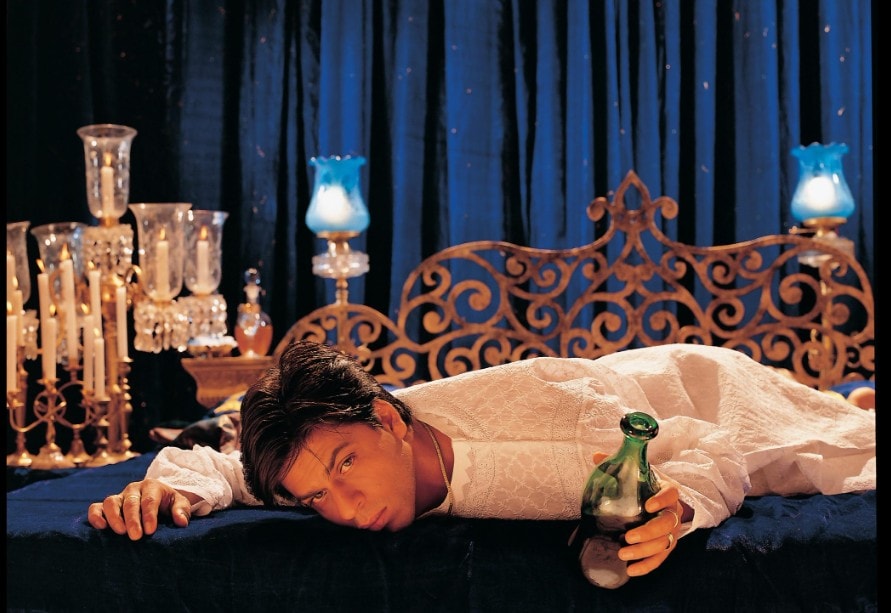
Shah Rukh Khan poured everything into the role of Devdas, but did you know Salman Khan was part of the film too, like a 'real-life Devdas' haunting the sets?
The story of how this madness on screen took shape is just as captivating as the film itself.
The Casting
Bhansali had tasted both critical and commercial success with his previous film, Hum Dil De Chuke Sanam (1999), but he had long been obsessed with remaking Devdas. He wanted it to be more spectacular than anything Indian cinema had ever seen. For the role of Devdas, he had only one name in mind - Shah Rukh Khan. The grand scale Bhansali envisioned for the film could only be realised with the biggest Bollywood star at its helm.
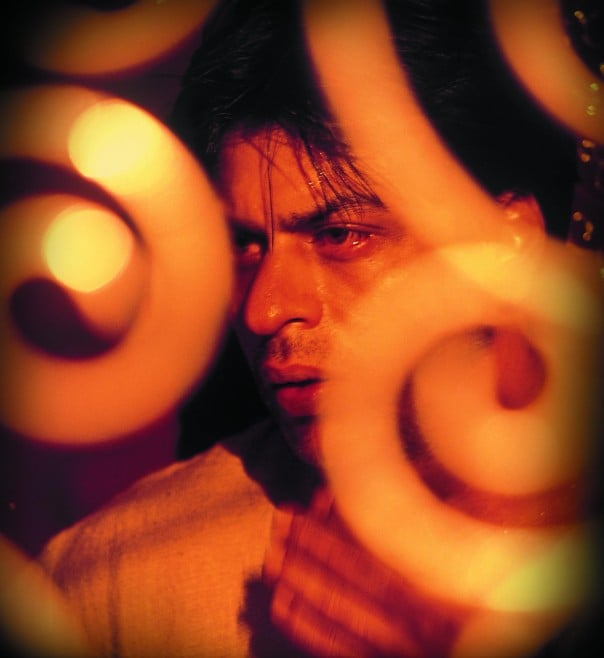
Shah Rukh Khan had risen to superstardom with his stylish modern lover-boy roles in blockbusters such as Dilwale Dulhania Le Jayenge, Dil To Pagal Hai and Kuch Kuch Hota Hai. When Sanjay Leela Bhansali first offered him the role of the doomed, alcoholic Devdas, Shah Rukh said no, saying "No, he is a loser, an alcoholic, I am too cool to be Devdas". Bhansali replied, "I would not make this film if not with you because your eyes are like Devdas".
Shah Rukh had said, "Okay, if you can't find eyes like mine, I'll do the film".
For a year, Bhansali didn't cast anyone. Then, they met again and Shah Rukh signed the film.
When Bhansali announced the project, he discovered that a producer, K Chopra, held the rights to the title Devdas. He wasn't ready to part with it. For a while, Bhansali even considered calling the film 'Aaj Ka Devdas'. Eventually, Chopra relented, but only for a steep price.
For Chandramukhi, the courtesan with a heart of gold, he turned to Madhuri Dixit, admired for her grace and dancing skills. Though she loved the role, she announced her marriage around the same time, making Bhansali briefly hesitant.
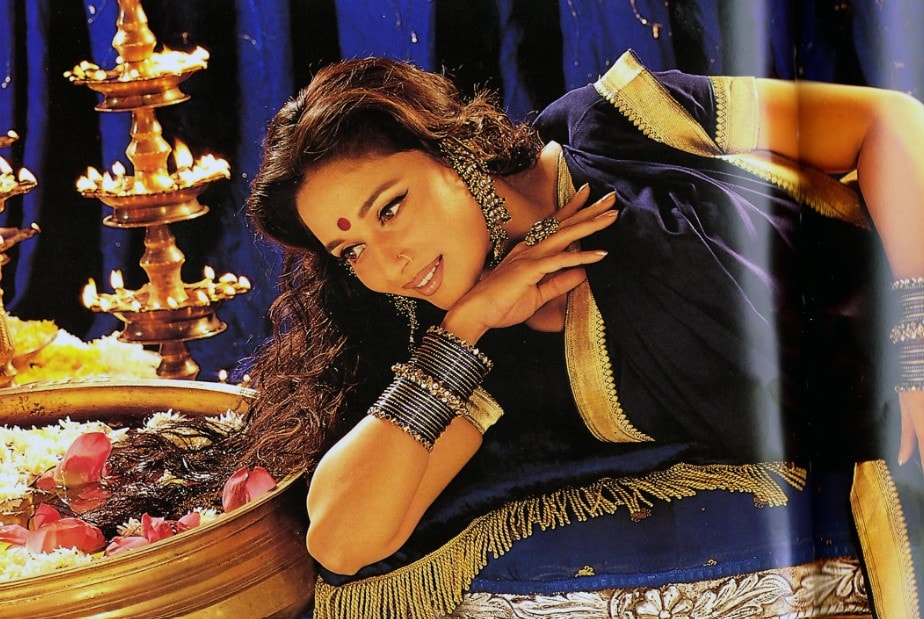
In the end, her presence was too powerful to pass up. Kareena Kapoor gave a look-test for the role of Paro but Bhansali wasn't satisfied. He narrated the the script to Aishwarya Rai, who moved to tears during the script narration and said yes almost instantly.
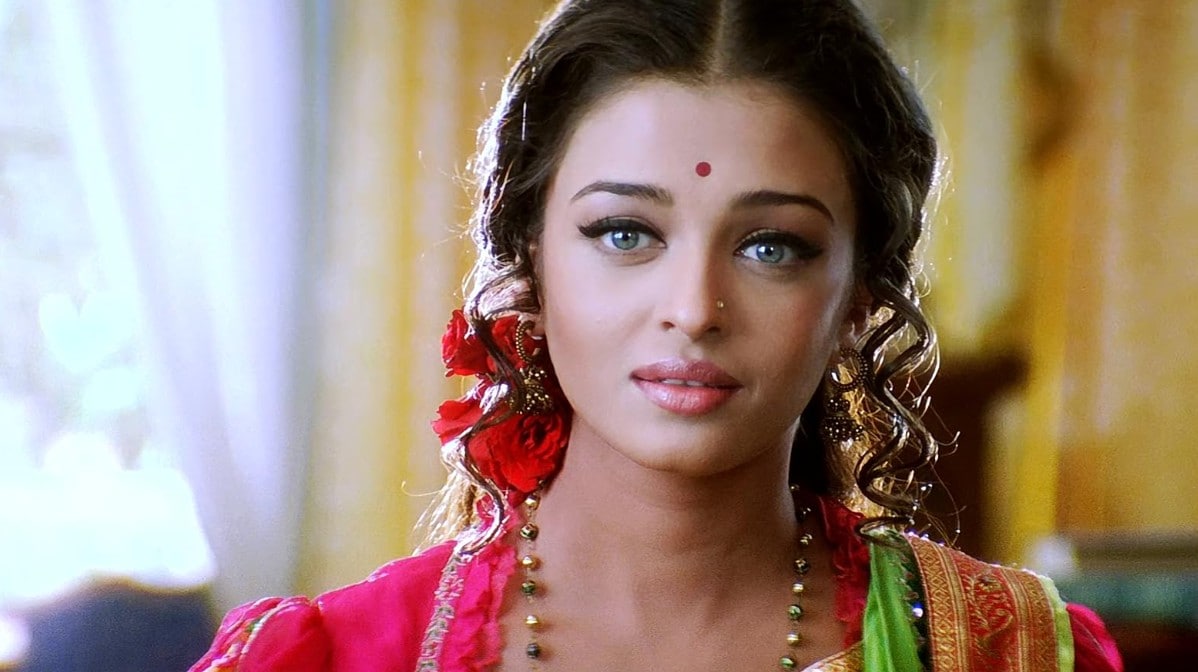
Govinda was first approached for Chunnilal but declined, unwilling to play second fiddle to Shah Rukh Khan. Manoj Bajpayee also declined for similar reasons. The role of Chunnilal, the flamboyant, debauched friend of Devdas, eventually went to Jackie Shroff.
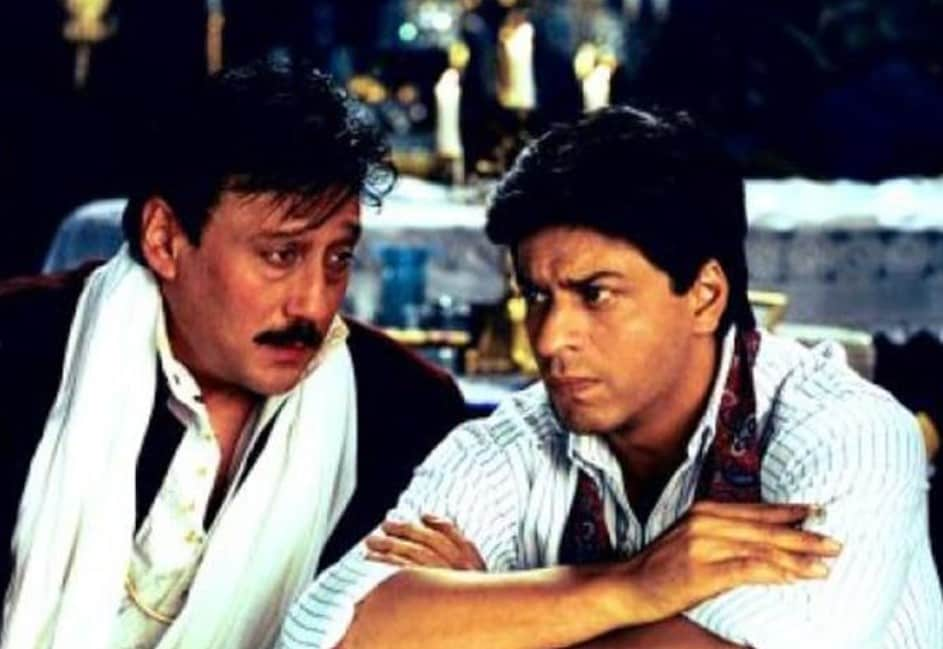
Obstacles Behind The Camera
The mammoth Rs 50 crore budget to make Devdas with its dream starcast was financed by diamond merchant Bharat Shah. At the time, Shah was a fledgling producer backing dozens of films.
Production began two months before filming, with art director Nitin Desai building six elaborate sets starting August 2000. The most lavish was Chandramukhi's golden kotha that alone cost Rs 12 crore, while even the simplest set came in at Rs 3 crore.
The scale was so grand that Maharashtra's then Governor urged Bhansali to preserve the set as a tourist attraction. Most of the shoot took place at night, with cinematographer Binod Pradhan lighting the massive sets using 30 lakh watts of power from dozens of generators. At one point, a Mumbai daily even reported panic among wedding planners as Devdas had taken up nearly every big generator in the city.
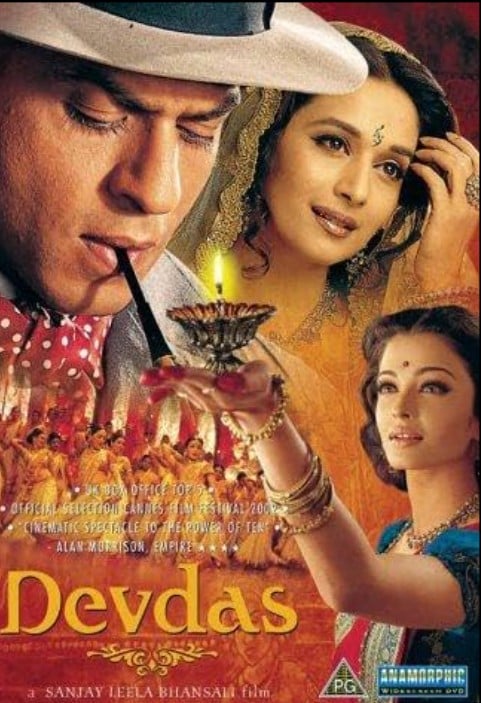
Filming began in November 2000, but trouble followed swiftly. A tragic on-set accident claimed a technician's life, drawing media attention. But the real blow came in January 2001, when producer-financier Bharat Shah was arrested for alleged links to underworld don Chhota Shakeel, the frontman of Dawood Ibrahim. His other films suffered, but his most prestigious project, Devdas, faced an immediate halt as a key 15-day shoot was cancelled despite stars and sets being ready.
Author and journalist Anupama Chopra writes in her book King of Bollywood: Shah Rukh Khan and the Seductive World of Indian Cinema (Grand Central Publishing, 2007), "The easier option would have been to cut losses and shelve the project, but both Bharat and Sanjay were determined to see it through. Bharat, fiercely protesting his innocence and struggling to survive the horrors of a Mumbai jail, instructed his children that Devdas must be made."
This was easier said than done with each day of shooting requiring Rs 7 lakh and the source of funding struggling. Bhansali even borrowed from close friends to keep the project afloat. The media reported that some of the actors, including Madhuri Dixit, and some technicians refused to shoot further till their payments were not made, while Bhansali sat for hours outside Bharat Shah's hospital room to get the cheques signed and update about shooting. At times, Devdas felt like a dream that might never come true. Despite the obstacles, Bhansali worked like a man possessed, uncompromising, and fiercely loyal to his vision.
Through it all, Shah Rukh believed in his director's madness. And as Devdas captured the doomed love on screen, another real-life doomed romance unfolded behind the scenes.
When Salman Khan Became A Real-Life Devdas
Yes, Salman Khan also appeared in Devdas!
On the sets of Sanjay Leela Bhansali's previous film, Hum Dil De Chuke Sanam, a fiery romance had sparked between its stars, Salman Khan and Aishwarya Rai. It was one of Bollywood's most scrutinised love stories, reportedly shadowed by volatility and possessiveness.
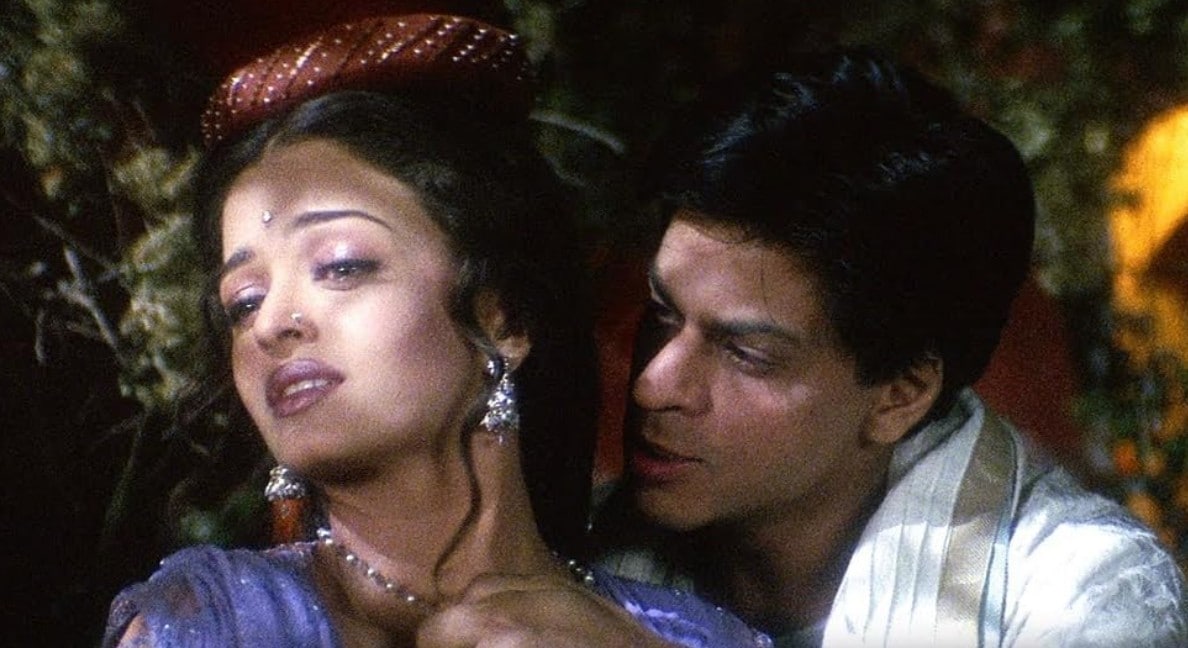
By the time Devdas began shooting, their relationship had hit a painful low. In the book King of Bollywood, Anupama Chopra writes, "Salman had become a real-life Devdas, simultaneously self-destructing and attempting to salvage his romance. He was as much a part of the Devdas shoot as the crew… Salman Khan would spend nights lying intoxicated on the floor of Aishwarya's trailer."
Salman's constant presence on Devdas's set led to an unexpected cameo. During the filming of a tender romantic scene where Paro (Aishwarya) gets a thorn stuck in her foot and Devdas (Shah Rukh) gently removes it, Salman volunteered to demonstrate the motion.
Anupama Chopra recounts, "Salman was on the set, and he volunteered to demonstrate how this should be done. SRK agreed, and as Salman performed the action, Sanjay rolled the cameras. It was a poignant moment: a spent, tragic lover enacting his own life for the film. Aishwarya cried. It was the last time the two were captured on film together."
The footage of the close-up of Salman's hands made it to the final cut, lending the scene a haunting emotional undercurrent.
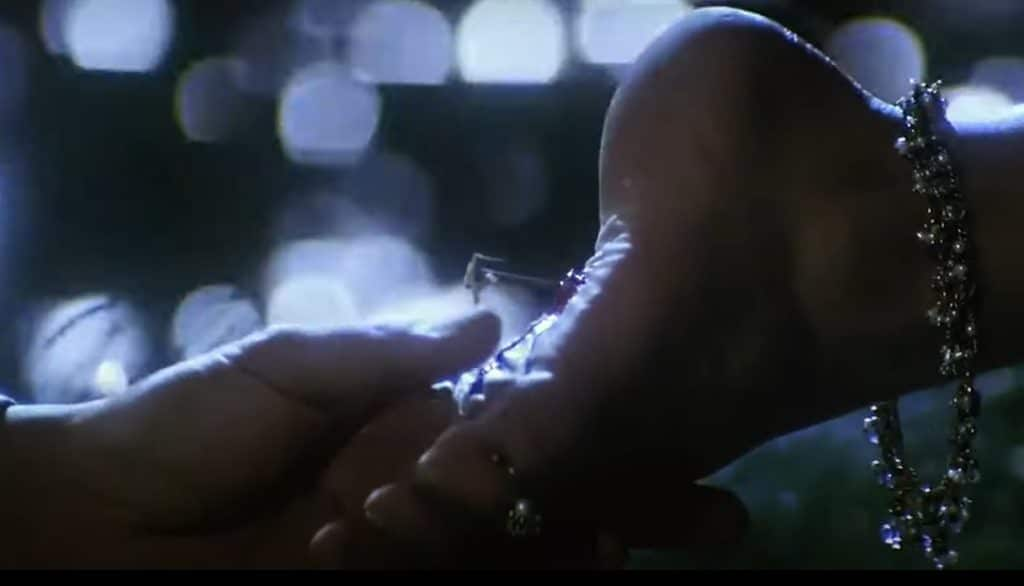
Amid relentless financial strain, Devdas still soared with grandeur. Madhuri's brilliant dance draped in a 30-kg ghagra, in the Kathak piece Kaahe Chedhhe Mohe crafted by the maestro Birju Maharaj. The iconic Dola Re uniting Madhuri and Aishwarya in an unforgettable spectacle; and Shah Rukh's searing intensity lighting up the screen. Who can forget the haunting moment when Devdas performs his own shraadh, a man mourning himself while still alive? Pure goosebumps! Shah Rukh was up against the brilliance KL Saigal, Soumitra Chatterjee, and Dilip Kumar. He didn't outdo them, but brought his own charm and unforgettable intensity to Devdas.
To add authenticity in the inebriated alcoholic scenes, Shah Rukh started to perform by actually drinking. He would rehearse the scenes drinking Bacardi just enough that his eyes glazed over. Recalling how the role took a toll on his health as he started drinking after the film, Shah Rukh said, "One thing I did -- I normally never drink. But for this film, I drank. I tell you, life can be very hard. Imagine, it is two in the morning and I have to drink Bacardi..."
Aiming for perfection, Bhansali spent over a year on the music, marked by fierce clashes with composer Ismail Darbar. After finalising the songs, Darbar refused to score the background music, which was ultimately completed by Monty Sharma. Singer Shreya Ghoshal made her Bollywood debut through this film.
Each day on shooting cost a staggering Rs 7 lakh, and with funds drying up, Bhansali was pushed to the edge. He borrowed from friends, chased payments, and waited outside Bharat Shah's hospital room for signed cheques. Reports surfaced of some actors and crew refusing to shoot until paid. But Bhansali refused to back down. Driven and defiant, he pressed on, unwilling to compromise a single frame of his vision.
Despite major delays due to the Bharat Shah case, Bhansali wrapped the shoot on April 29, 2002, after 260 shifts spread across nearly three years.
Released on July 12, 2002, Devdas became the biggest hit of the year in India and rewrote the rules of Bollywood spectacle. Despite its old-fashioned storyline, sweeping melodrama, theatricality and doubts about whether a new millennium's audience would connect with a pre-Independence tragic hero, it struck gold. The film won big, taking home 11 Filmfare Awards, including Best Film, Director and Actor, plus five National Film Awards.
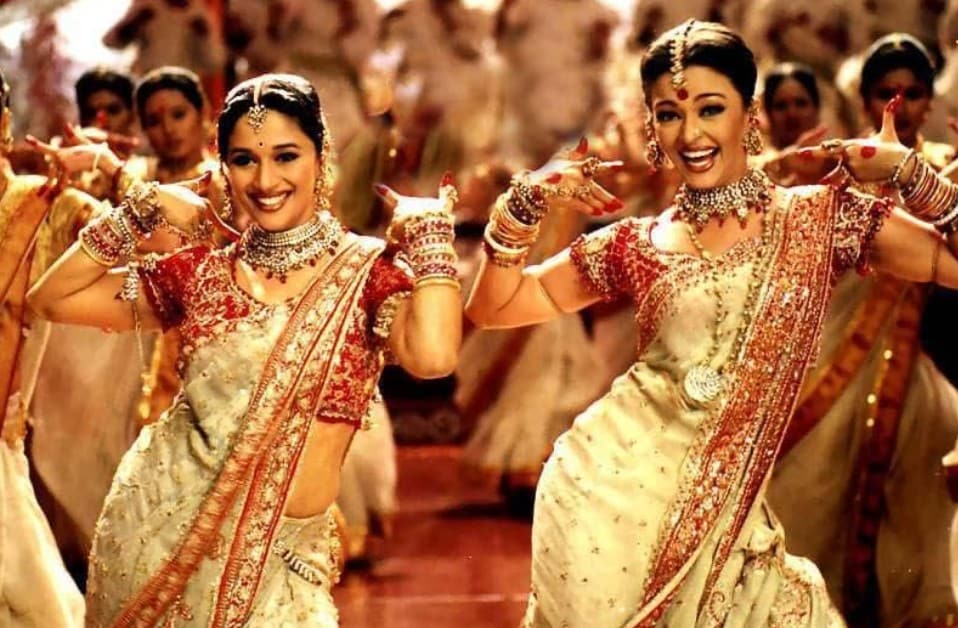
While fans embraced its extravagance, purists and critics were sharply divided, and many still are. The film's portrayal of Bengali culture, heightened emotions, and departures from the original novella, especially the Chandramukhi-Paro meet leading into the iconic Dola Re sequence, faced harsh criticism. Despite the controversy, Dola Re soared to become one of Hindi cinema's most unforgettable songs.
Looking back, it remains a bold reimagining of Sarat Chandra Chattopadhyay's classic, dripping with grandeur, emotion and everything in excess. Bhansali's Devdas wasn't crafted for purists. It was perhaps designed for the fans who crave Bollywood's larger-than-life flair. For Bhansali himself, it was a full-throttle leap from the subtlety of his debut Khamoshi, leading to the heartfelt tones of Hum Dil De Chuke Sanam. With Devdas, he found his maximalist spirit of crafting the grand, opera-like cinema that would become his signature.
Personally, and this might be an unpopular opinion, Devdas remains one of my favourite Shah Rukh performances, where his raw, unbridled energy and those unforgettable eyes truly set the screen ablaze.
-
Blog | Sky-High Rent, Choked Roads: How Bengaluru, Mumbai, Delhi Became India's Chaos Capitals
Your office may be cool and your home furnishings plush, but there is little you can do about the confusion outside.
-
Exclusive: Blank Papers, Multiple Credits - Manipur's Multi-Crore Highway Compensation Mystery
A beneficiary told NDTV he received Rs 3.8 lakh instead of at least five times the amount he deserved to get, and all objections to land acquisition fell silent over time after an insurgent group got involved
-
From A Fake Embassy In Ghaziabad To The Weird World Of Micronations
A micronation is an aspirant state, a wedge of unclaimed land or an abandoned structure, or even a disputed piece of farmland that claims sovereignty.
-
Opinion | India's Classroom Crisis: Why Your Teacher Is So Clueless About Everything
I've spent the past month in my ancestral village, setting up a dream project. What I've encountered here, once again, is a paradoxical crisis - an education system so hollowed out that hope and despair now coexist in equal measure.
-
Opinion | Tariff Blitz: Is India Becoming Collateral Damage In Someone Else's War?
As the European Union and the United States tighten the screws on Russia, the knock-on effects land squarely on India.
-
Saga Of Tejas - Fighter Jet That Will Replace The Mighty MiG-21
The two MiG-21 squadrons will get the upgraded Tejas Mark 1A once they are phased out of active service in September this year.
-
How Apache Chopper's Presence Near Pakistan Border Will Shift The Equation
What truly sets the Apache apart, and makes it feared across theatres of war, is the AN/APG-78 Longbow radar system mounted above its rotor.
-
J-7 Fighter Jet - A Reverse-Engineered MiG-21 But With A Chinese Touch
The aircraft, often referred to as 'Grandpa Fighter Jet', was developed in the 1960s by China, initially in partnership with the Soviet Union, but later, when Sino-Soviet relations soured, Beijing reverse-engineered the MiG-21.
-
Excerpt | 'Jeetu <i>Bhai</i>, Many Have Been Killed': A Journalist Recounts 2006 Mumbai Train Blasts
"'Jeetu bhai!!! A bomb has exploded in a train outside my building! Many people have been killed. Send a camera unit fast,' Odysteven Gomes from my channel screamed on the phone...I hastily left the cinema hall and rang the cops to get more details.
-
"It's Ethnic Cleansing": Syria's Druze To NDTV As Violence Escalates
The Syrian Observatory for Human Rights, a UK-based monitoring group, reported that more than 940 people had been killed in Suwayda province in the past week.










